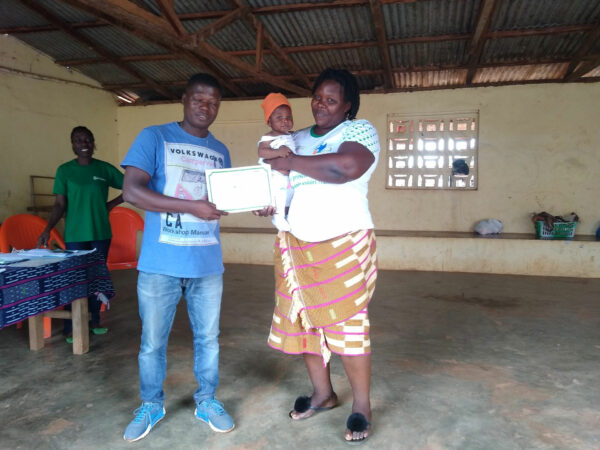Agroforestry is a know-how that SOCODEVI has been developing for several decades, a model of sustainable agriculture inspired by nature.
In short, what is it? Agroforestry is a practice that consists of keeping or planting trees on farmland alongside conventional crops (sometimes even with livestock as well).
Benefits include improving soil quality, capturing carbon, and creating a micro-climate. The practice of agroforestry also helps improve orchard productivity, reduce pest pressure and adapt to climate change.
Thanks to the training and technical support of SOCODEVI teams in Côte d’Ivoire as part of the Canadian-funded PROCED, Patricia Logbo Gossi has witnessed firsthand the benefits of adopting agroforestry on her plantation.

“Since I planted the shade trees, everyone who comes to do some tipping at my plantation has noticed a big change. The plantation is really clean and the quality of the beans has improved.”
– PATRICIA LOGBO GOSSI, cocoa producer.
Agroforestry bears fruit
In addition to promoting the quality of the products grown, agroforestry goes hand in hand with the diversification of crops and therefore, of sources of income.
Jenny Vargas Rivas is the living proof! Manager of the sawmill of the agroforestry cooperative Fronteras de Oriente, coffee grower, beekeeper, her career has been propelled by the different trainings she completed with SOCODEVI in Honduras, within the framework of the CAHOVA project.
This agroforestry producer and young mother has become an example of female leadership within her cooperative and even at the national cooperative movement level. Discover her inspiring journey!